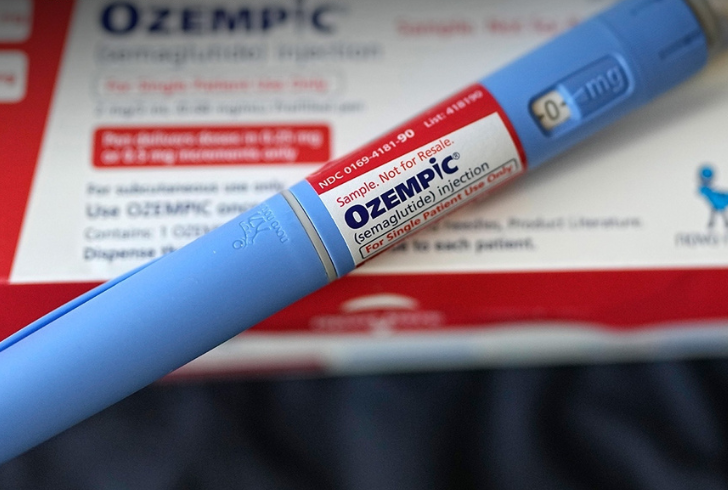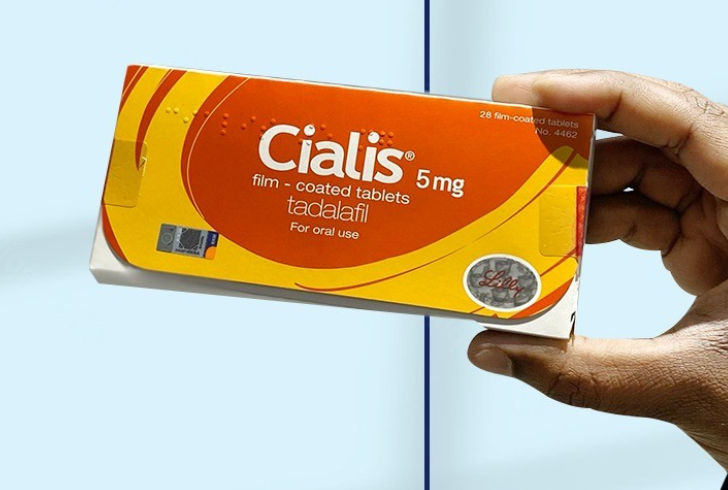As we embrace the new year, a significant change has emerged in the healthcare landscape that's impossible to overlook: In 2024, a wave of medication price increases has swept through pharmacies across the nation, impacting a wide range of drugs from the diabetes-fighting Ozempic to the widely used antidepressant Wellbutrin.
This change isn't just a number but it's a reality that could affect the budgets and health management plans of millions. Let's dive into this crucial development, explore its nuances, and understand what it means for you.
Understanding the 2024 Medication Price Surge

Instagram | yahoonews | Ozempic is a Revolutionary Aid for Diabetes Management and Weight Loss.
The recent report by 46Brooklyn Research, a reputable nonprofit specializing in drug-pricing analytics, has brought a crucial issue to light. It's no secret that medication costs can be a significant part of our healthcare expenses, but this year has seen a notable increase in the prices of several key drugs.
So, What's on the Rise?
- Ozempic: A game-changer for those battling diabetes and seeking weight loss solutions, Ozempic's price saw a 3.5% increase, bringing a month's supply to $968.52.
- Mounjaro: Similar to Ozempic, Mounjaro is another drug that's gained attention for its effectiveness in blood sugar regulation. This year, its price went up by 4.5%, now costing around $960 for a month's supply.
- Other Notable Increases: It's not just about these two. Medications spanning from the pain reliever Oxycontin to the blood thinner Plavix have also seen hikes. For instance, Wellbutrin, a commonly prescribed antidepressant, jumped by 9.9%.
These numbers reflect the prices charged to distributors, and while insurance and discounts can alleviate some of the burden, the trend is unmistakable.
A Glimmer of Hope: Price Reductions in Certain Medications

Instagram | hemedclinic | Cialis medication prices dropped notably by 19%.
Amidst the surge, there's a silver lining. 46Brooklyn also reported price drops in several medications, providing a sigh of relief for many. For example:
- Cialis: This erectile dysfunction medication saw a significant reduction of 19%.
- Prozac: A staple in the treatment of depression, Prozac's price dropped by 18.1% to 23.5%, depending on the manufacturer.
- Advair: Those with chronic obstructive pulmonary disease (COPD) can breathe a little easier, as Advair's cost decreased by 22.5% to 60%.
These reductions suggest a dynamic pharmaceutical landscape, where the cost of medication can be as unpredictable as the conditions they treat.
The Real Impact: What This Means for You
The question now is, how do these changes affect the average person? The answer isn't straightforward. While insurance and various discount programs can buffer these price hikes, the impact on out-of-pocket expenses can be significant, especially for those on fixed incomes or without comprehensive insurance plans.

Freepik | For those with diabetes or depression, daily medications include Ozempic and Wellbutrin.
For chronic conditions like diabetes or depression, where medications like Ozempic and Wellbutrin are not just temporary treatments but part of daily life, these price increases can pose a real challenge. It's more important than ever for individuals to be proactive – consulting with healthcare providers, exploring alternative medications, and investigating financial assistance programs.
Moving Forward: Navigating the Cost of Health in 2024
As we look ahead, understanding and adapting to these price changes will be crucial. Here are a few steps you can take:
- Stay Informed: Keep up-to-date with the latest drug pricing trends. Knowledge is power, especially when it comes to managing your health expenses.
- Consult Healthcare Providers: Don't hesitate to discuss these changes with your doctor. They may suggest alternatives or generic versions that are more affordable.
- Explore Assistance Programs: Many pharmaceutical companies offer financial assistance or discount programs for those who qualify.
While the price increases in medications like Ozempic and Mounjaro present challenges, being informed and proactive can help mitigate their impact on your life and health. Remember, you're not alone in this journey, and there are resources available to help you navigate these changes.




